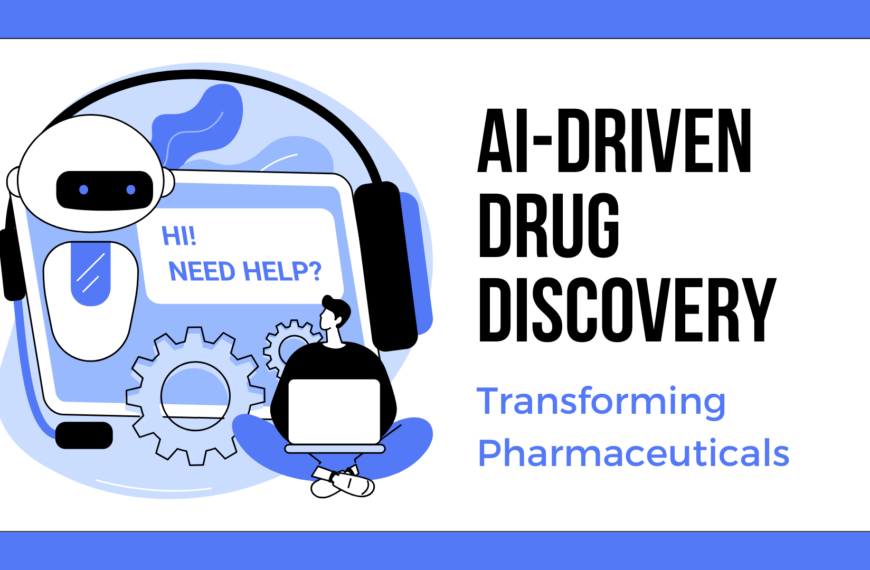Telemedicine has emerged as a critical solution to bridge healthcare access gaps, especially in remote areas. With platforms like Teladoc Health and Amwell, patients can consult doctors virtually, reducing travel time and costs.
The COVID-19 pandemic accelerated telemedicine adoption, making it a standard part of healthcare delivery. From routine consultations to mental health support, virtual care addresses diverse needs, enhancing patient convenience.
Integration with wearable devices further boosts telemedicine’s effectiveness. Real-time data from devices like Fitbit or Apple Watch allows doctors to monitor vitals and adjust treatment remotely.
However, challenges such as inconsistent internet access and digital literacy remain barriers to universal adoption. Policymakers and tech developers must collaborate to address these issues.
As telemedicine continues to evolve, its potential to democratize healthcare access and improve outcomes cannot be overstated. It represents a sustainable model for addressing global healthcare disparities.


















